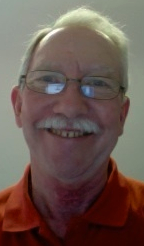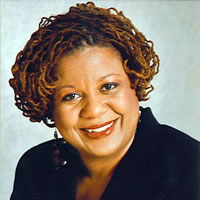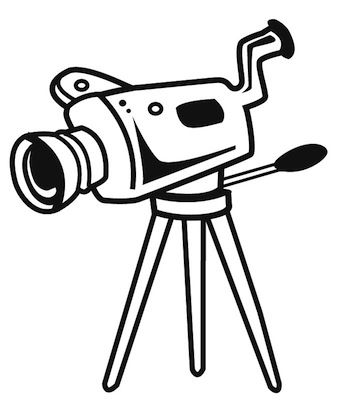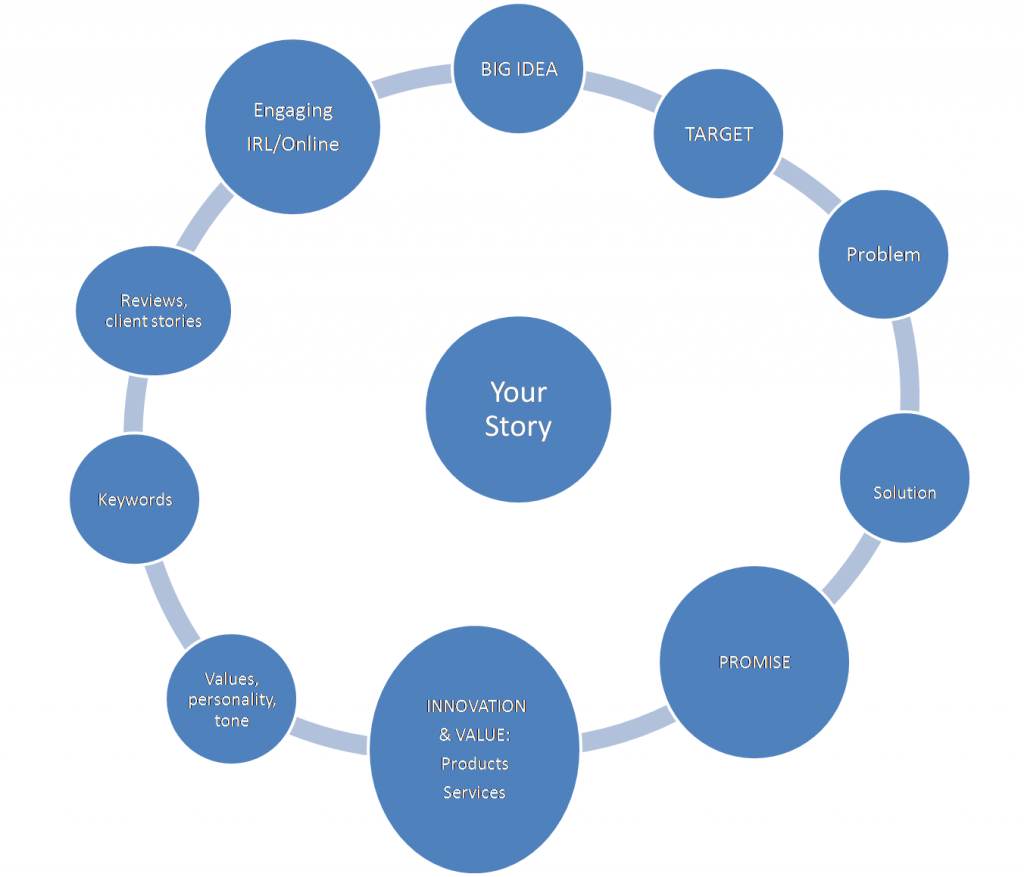Recently, some of my favorite story practitioners have been registering protests over manifestations of “story” that they consider to be too loosely characterized or defined.
I’ve written a number of times (most recently here) about the six-word stories that are the stock in trade at SMITH Magazine and have caught on in other venues. When an executive coach, part of a team at a school for professional speakers, announced a six-word story contest, Terrence Gargiuolo snarkily responded with this six-word “story:”
snarkily responded with this six-word “story:”
Clever marketing imitating engagement misrepresents stories…
Sean Buvala recently reacted to the concept of digital-only groups running “storytelling” contests: “Nope,” Sean said, “yer running some good video contests. There’s a difference.” I know from previous communications with Sean that he believes storytelling involves a live teller and a live audience. His exact definition is: “Storytelling is the intentional sharing of a narrative in words and actions for the benefit of both the listener and the teller.”
Most recently Thaler Pekar wrote in a blog entry on PhilanTopic:
I fear the term “story” is being used so broadly as to render it meaningless. Messages are not stories. Statements of belief and opinions are not stories. And, most of the time, answers to direct questions are not stories.
Thaler offers this definition of story: “‘Story’ implies a series of unfolding events. Something happens to someone or something. A story has a beginning, a middle, and an end.”
She goes on in her excellent entry to tell why recognizing what a “story” really comprises is important. She then tweaks a set of story-eliciting questions from a Nonprofit Quarterly article, “Unraveling Development: Collecting Stories From Your Donors”, suggesting that instead of asking the direct questions suggested in the article …
- What interests you most about this organization? What is less interesting to you?
- Why does this cause matter to you?
- How does your philanthropy reflect your values?
— that story eliciters consider inquiring about the audience’s actual experiences:
-
- If you look back over your years of knowing and being a part of this organization, what experiences come to mind? What incident stands out as the most delightful?
- Can you tell me about an experience that was less interesting to you?
- When was the first time you heard of our organization? With whom were you speaking? What was happening?
- Tell me about a time when you felt really connected with the mission of our organization.
I know from my Q&A series with story practitioners that, while the majority define “story” loosely and broadly, some are quite vehement about what a story is and is not. I compiled practitioners’ thoughts on defining story in this downloadable PDF: DefiningStory.pdf
But sometimes it’s easier to get at what a story is by recognizing, as these three practitioners have, what a story isn’t.
By the way, I’m planning to start a new series of story-practitioner Q&As soon. Please feel free to suggest yourself or someone else for a Q&A. I also welcome suggestions of questions to pose to story gurus. I’d like to mix up my roster of questions a bit. What would you like to ask story practitioners? E-mail me with your thoughts.








